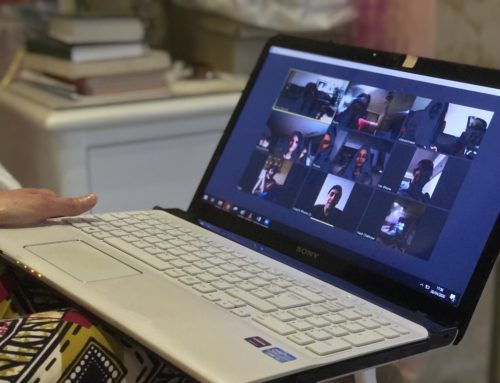What’s your hook?
This question likely looms over you daily if your job is to pitch stories to the media or create content for your organization’s owned media channels.
To get your story picked up and noticed, it’s critical to have something current to latch on to — a hook that adds a sense of urgency by connecting to something that’s happening right now.
The good news is that there are plenty of good hooks out there.
And if you’re creative enough, you can find ways to connect your work to what’s current and relevant.
Yes, it’s a challenge — especially in an era where stories and issues often appear and vanish quickly.
But if you know where and how to look, the right hook can often appear.
To show you what I mean, here are five common news hooks you can use — along with examples of how those in and around the nonprofit world have used them to place opinion pieces in the media.
Hook 1: Pop Culture Events
We often think of the work of nonprofits through the lens of their missions. Sometimes, you can find ways to connect that mission to big pop-culture events like the release of a blockbuster movie, the finale of a popular show like Game of Thrones, or a big sporting event like the Super Bowl.
These big cultural moments offer excellent hooks because media outlets are looking for unique ways to connect their audiences to these events through their coverage — and because the public is often interested in consuming stories about them.
Example:
The New York Community Trust used the release of the movie Black Panther to place an opinion piece in the New York Daily News about the importance of diversity in the arts.
Hook 2: Anticipation
Sometimes, a pause in the action can be its own hook.
The period between a new bill getting proposed and the final vote or a public official wins an election and gets sworn in — or before a high-profile trial — can offer a great opportunity to comment on the big action that lies ahead.
If you can offer a thoughtful perspective on the impact of that action on the people you serve or the community you work in, you have an opportunity to tell a compelling story.
Example:
The upcoming decision by the Supreme Court on whether to allow a citizenship question on the 2020 US Census gave the Community Foundation of Southeast Michigan a perfect opportunity to talk about the importance of the census on its region. Earlier this week, it penned this piece for the Detroit Free Press.
Hook 3: A big announcement
You don’t need to be making your own news to draw attention to an important issue. Sometimes, a big announcement from elsewhere can give you the hook you need to make a point.
Example:
The recent announcement by the MacArthur Foundation about the hiring of its new CEO led one writer to question whether it was a missed opportunity to bring in a leader from a non-pedigreed background.
Hook 4: Controversy in the news
Controversial news topics — particularly those that center on high-profile issues — often provide great opportunities for opinion pieces.
Example:
Recent publicity surrounding donations by the Sackler family, which owns the company that invented and marketed OxyContin and is accused of helping to start the opioid crisis, has opened the doors for a number of those working in the nonprofit world to chime in with opinion pieces. Here’s one recent example from The Chronicle of Philanthropy.
Hook 5: Public Data
Some hooks are more evergreen. By smartly using and interpreting publicly available data, you can often create compelling narratives — narratives that are supported by cold, hard numbers.
This is especially true if you can use the data to help counter conventional wisdom or identify a problem others haven’t seen.
Example:
The Seattle Foundation used The Chronicle of Philanthropy’s How America Gives database on charitable giving to uncover a surprising fact: Seattle’s residents aren’t as generous as they appear. It then used this information to craft a provocative opinion piece in The Seattle Times that challenged the community to contribute more to local nonprofits.
While each of these examples are connected to opinion pieces, the hooks they’re attached to can also be used for pitching reported news stories, pieces for your nonprofit’s blog or newsletter, or through your social media channels.
Ultimately, the key is to pay attention to what’s happening around you with an eye toward how the news of the day connects to your organization’s mission and key messages.
The more you look for and use these hooks, the better chance you have of landing media placements and getting more people to connect with your content.





